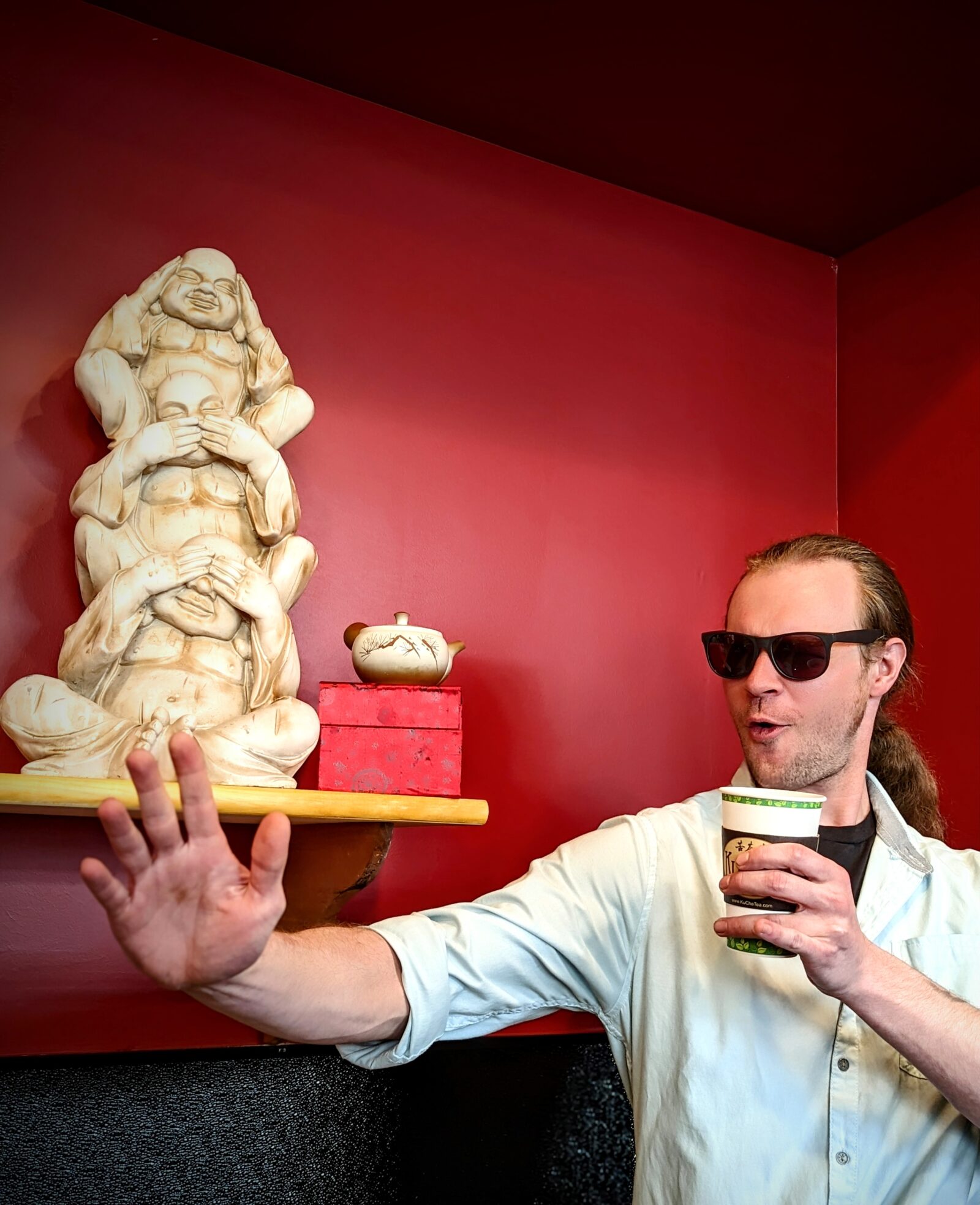From Kung Fu to Ku Cha: Manager John Nixon’s Tea Journey and Tips
Growing up in different cities across the country, the manager for our soon-to-open Park Meadows store, John Nixon, sipped tea now again, always from bags.
But health issues that grew out of sports and a bad diet led him to kung fu, a classic Chinese style of martial arts made famous by Bruce Lee. John took to kung fu with passion, and soon embraced a wide range of traditional Chinese arts and pursuits: Yang-style Tai Chi Chuan, Chinese philosophy, Taoist nutrition and diet, Qi Gong, Dao Yin Yoga and much more — including Chinese tea. And while discussing these matters with teachers and friends, the conversations often happened around a tea table.
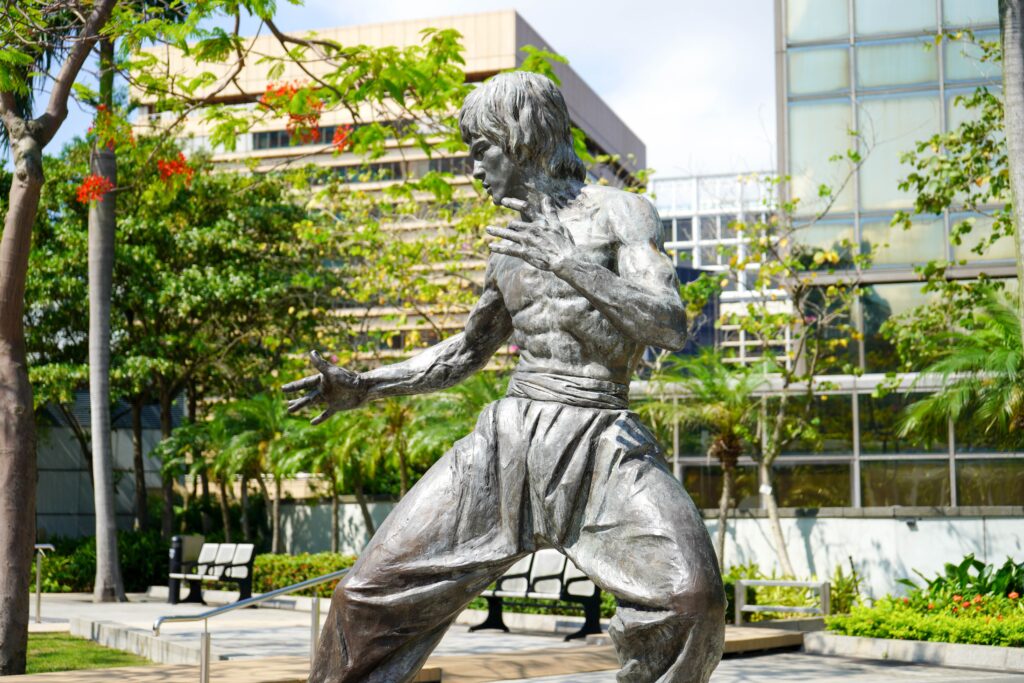
Over time, tea gained prominence in John’s world, and he experimented extensively with different styles and preparations. And he said goodbye to tea bags.
Fast-forward to last August, and John began working at the Ku Cha House of Tea Denver Pavilions store. And there, his tea education took off.
While he knew quite a bit about traditional Camellia sinensis prior to joining the Ku Cha team, John says his education has ripened dramatically since starting. In fact, he says he learns new things about tea every day.
Tea, he says, has become a “constant companion, a quiet friend to lean upon in hard times and celebrate with in better times.”
“Drinking tea is a lifelong journey,” he says. “You never truly master it, because there’s always something else to learn along the way. I’ll be drinking tea when I’m 50 and think it’s funny how little I know about tea now. Then I’ll be drinking tea when I’m 70, and think it’s funny how little I knew about tea at 50.”
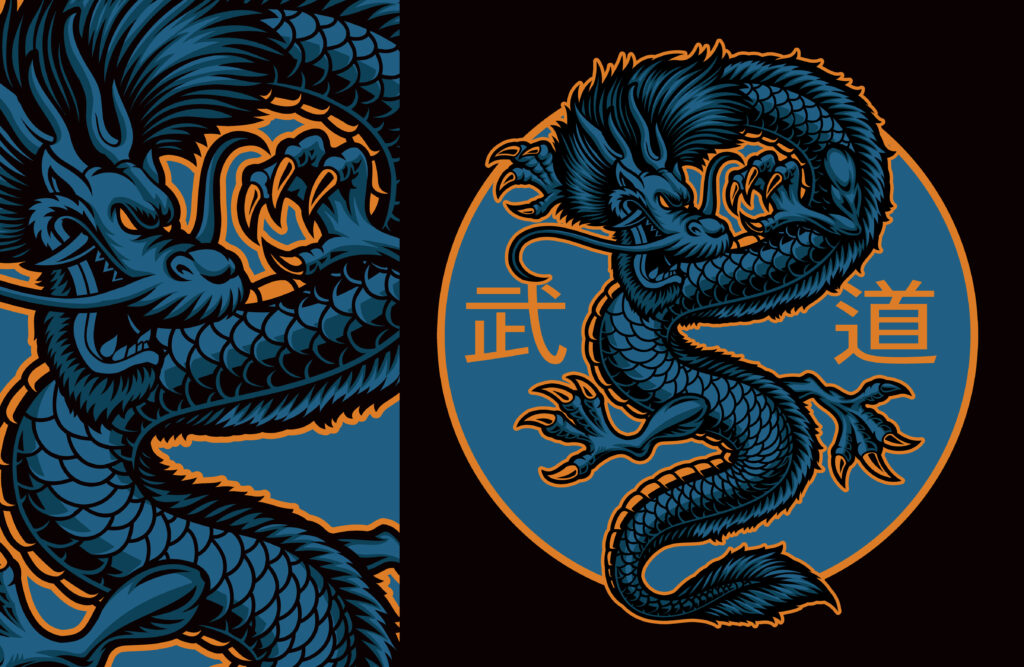
Ku Cha Training Led to Surprises
John’s training at Ku Cha came with a surprise. Prior to becoming part of the Ku Cha team, he didn’t much care for Dragon Well, a classic style of Chinese green tea that is widely known around the world.
“It was too subdued,” he said. “It just didn’t do much for me.”
But then he tried our Dragon Well during training, and he made an about-face. First, he noticed that our Dragon Well leaves and buds supported healthy populations of pekoe, which is a sort of hairy layer that connotes high-quality tea. Then he sipped some Ku Cha Dragon Well.
The tea “was full of silkiness and body. It was unreal,” he says. “It was like a new tea category. I certainly gave me a new appreciation for Dragon Well.”
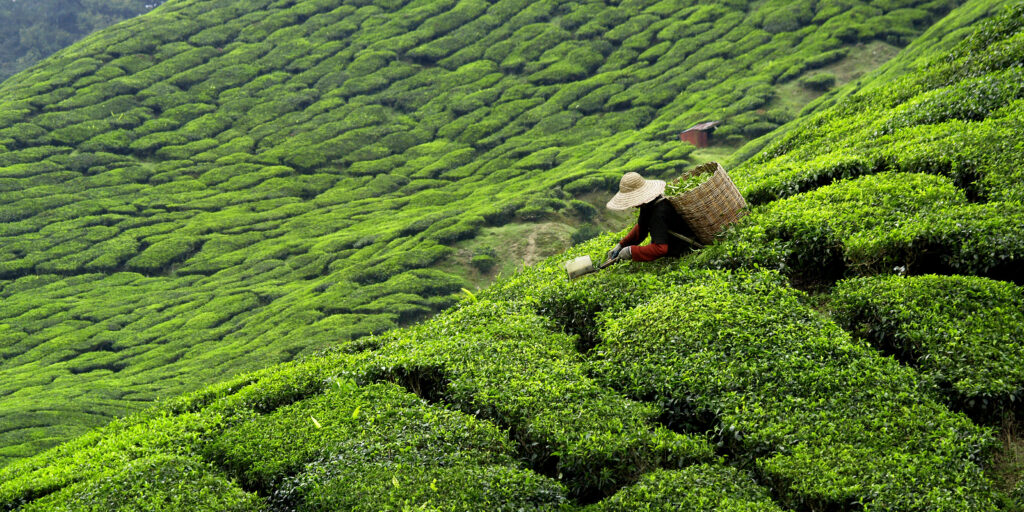
Tea is an agricultural product. Just as commercially grown tomatoes destined for trucks and distant supermarkets yield flavors far removed from heirloom varieties sold at farmers’ markets, so it goes with tea. At Ku Cha, we work closely with farmers across Asia and around the world to source exceptional teas. Experiences like John’s are telling. Once he tried Dragon Well from Ku Cha, he was sold. He’s now a Dragon Well booster.
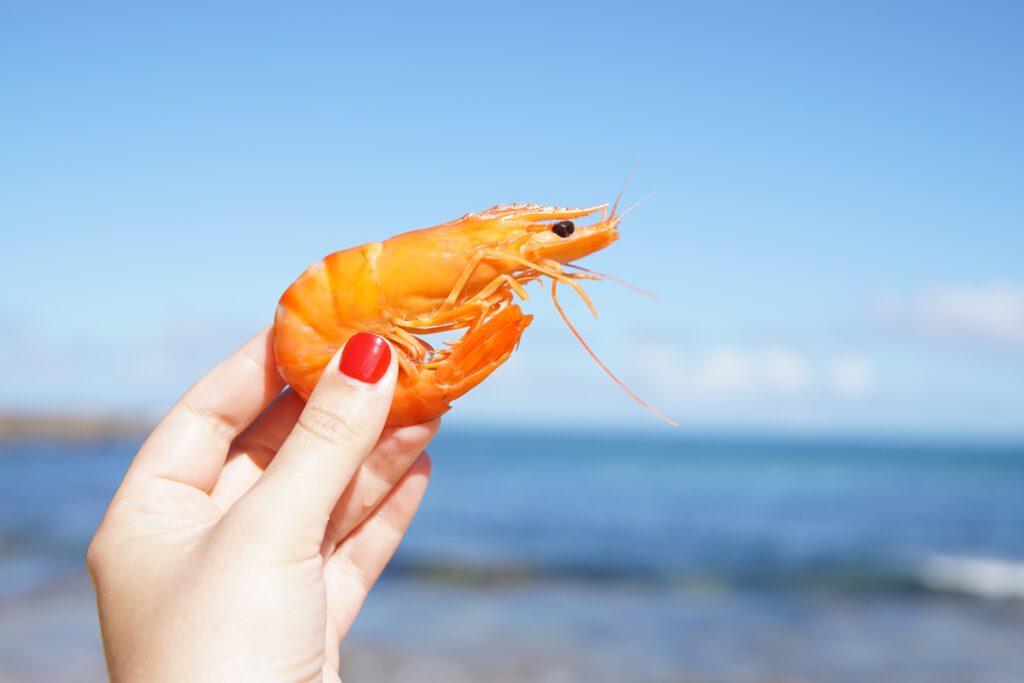
John’s weekly engagement with tea changes across the seasons — he abides by Taoist medicinal principles that endorse drinking delicate white and green teas during warmer months, and heartier pu-erhs, blacks and tea cakes in cold months. For now, he tends to begin his days with our Shou Mei white tea cake, which is gentle on the stomach but also invigorates. Then he pivots to Japanese green teas, like kabuse sencha and gyokuro. In the evening, John, a night owl, drinks raw pu-erh cakes, which aid with digestion after meals and are mentally stimulating.
One pro tip: Look for shrimp eyes. That’s roughly the size of bubbles that John wants to see in his pot of water, before he removes it from the stove and pours it over whole-leaf tea. Boiling is too hot for brewing tea. And if you don’t see those shrimp-eye bubbles, it’s probably not hot enough.
John’s Tea Tips: White Crescent Raw Pu-erh
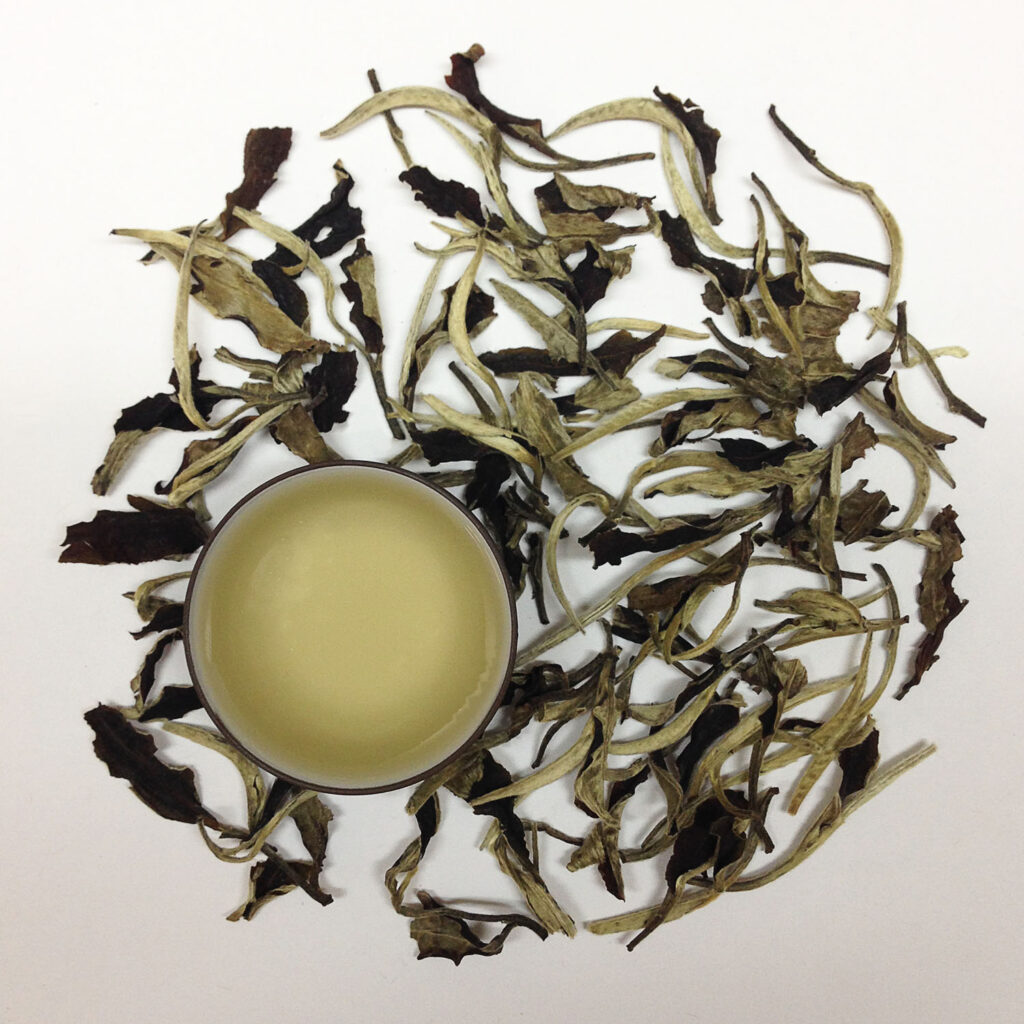
John calls this his “all-time favorite tea.”
“It’s a very elusive and mysterious tea,” he says. “Even its appearance, with large silver buds reminiscent of a crescent moon against a backdrop of jet-black leaves, invokes the image of sipping a cup of tea in solitude in an outdoor teahouse on a late Yunnan evening.”
John brews White Crescent Raw Pu-erh at different temperatures. If he wants a floral brew with a soft and sweet aftertaste, he brews it at a lower temperature. When he desires something reminiscent of a strongly brewed Darjeeling with undertones of jujube and cream, he heats the water to a higher temperature.
“It’s a tea with many personalities,” he says.
John’s Tea Tips: Yunnan Black
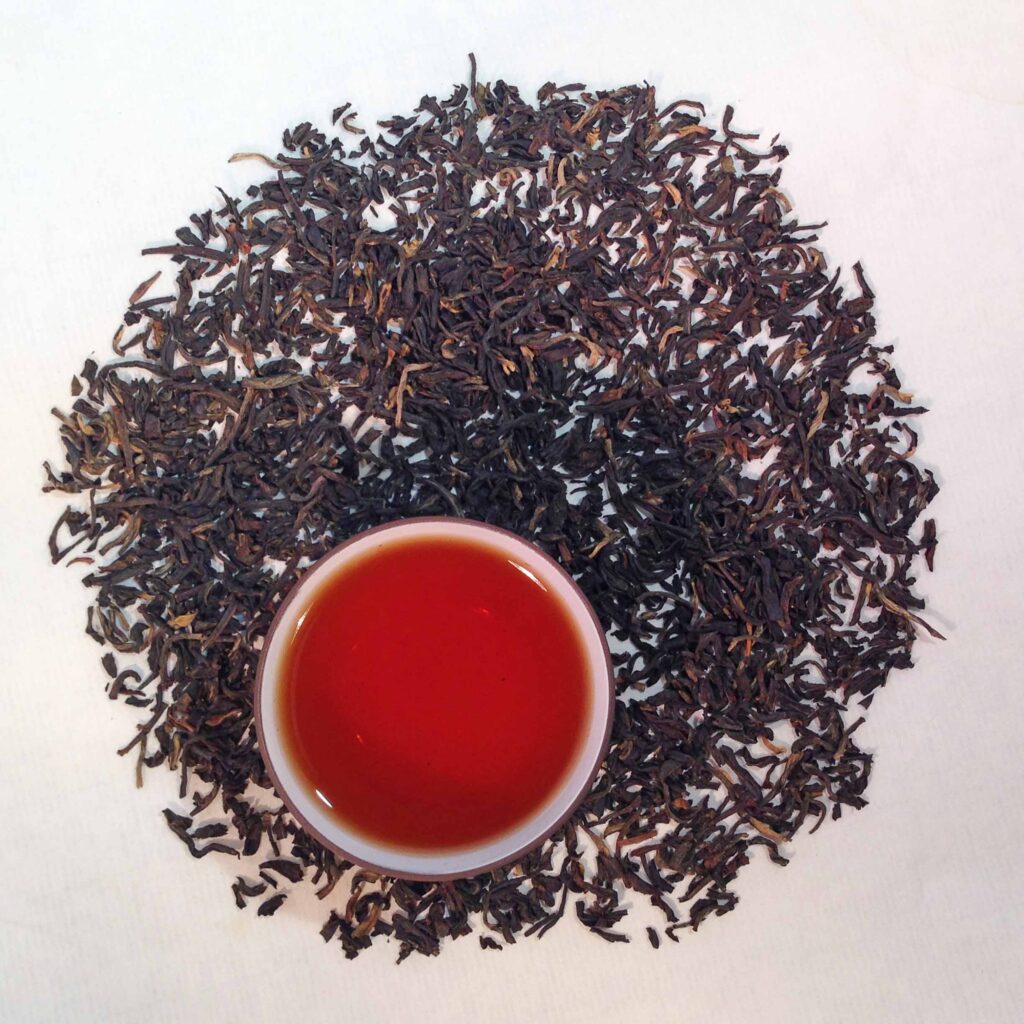
This is the tea John first discovered, after embracing kung fu and turning away from tea bags. He describes Yunnan Black as his No. 1 choice for an affordable daily brew, something he can drink all day, every day, without thinning his wallet too much.
“I tend to drink upwards of 1 to 1 1/2 gallons of tea on an average workday,” he says. With Yunnan Black, “you can get an excellent full-bodied brew with the classic cane sugar, caramelized sweet potato and creamy flavor notes, along with a strong hit of caffeine, around double the strength of a typical green tea.”
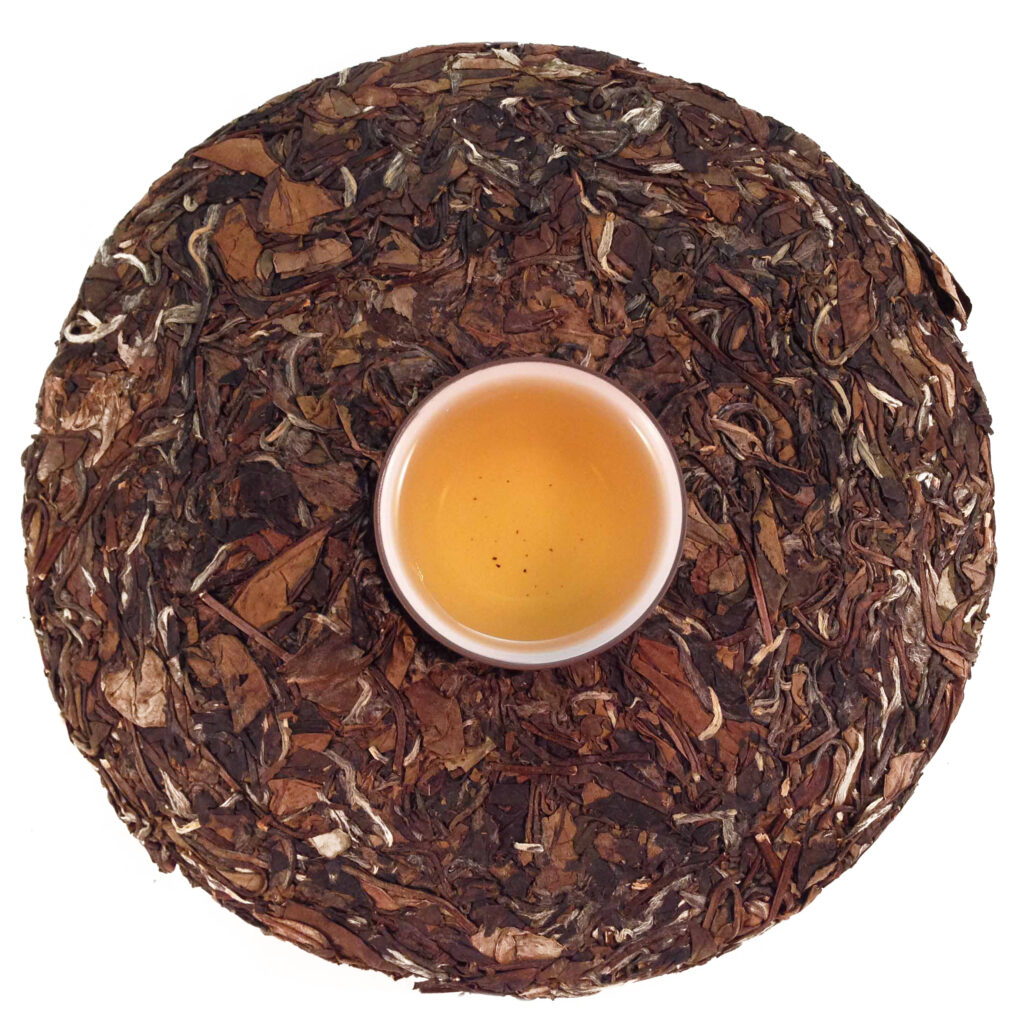
John’s Tea Tips: Shou Mei White Tea Cake
Aged white tea cakes from China’s Fujian Province have remained John’s favorite category of tea for about two years. And among them all, our Shou Mei White Tea Cake is his go-to.
This tea is sold in cake form, similar to the way pu-erhs are manufactured. John says he has brewed through between three and four of these cakes in the past few months.
“It has a creamy vanilla base to its flavor, with light woodiness, grassy hay, autumn leaves, rainy petrichor, earthy soil and ever so slight high notes of orchid petals,” he says. “I can drink this tea from first thing in the morning upon waking, right up until going to bed, even well past midnight, and still not have any issues with feeling too stimulated or having trouble sleeping.”

